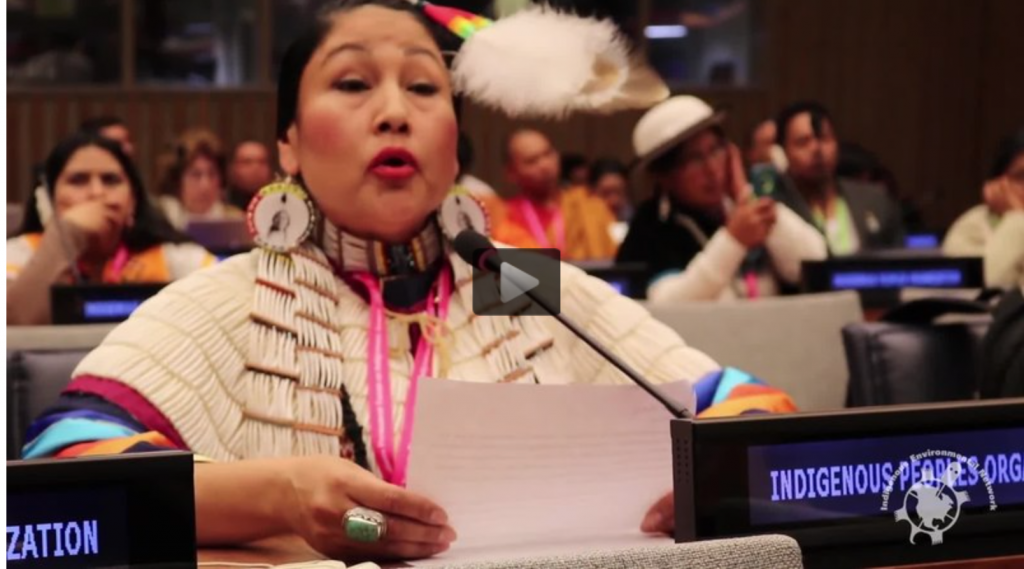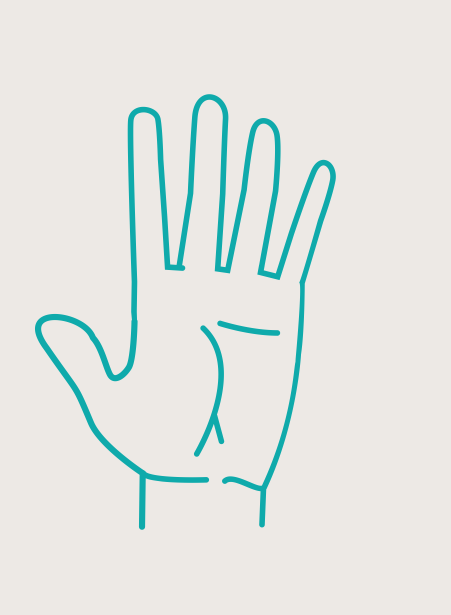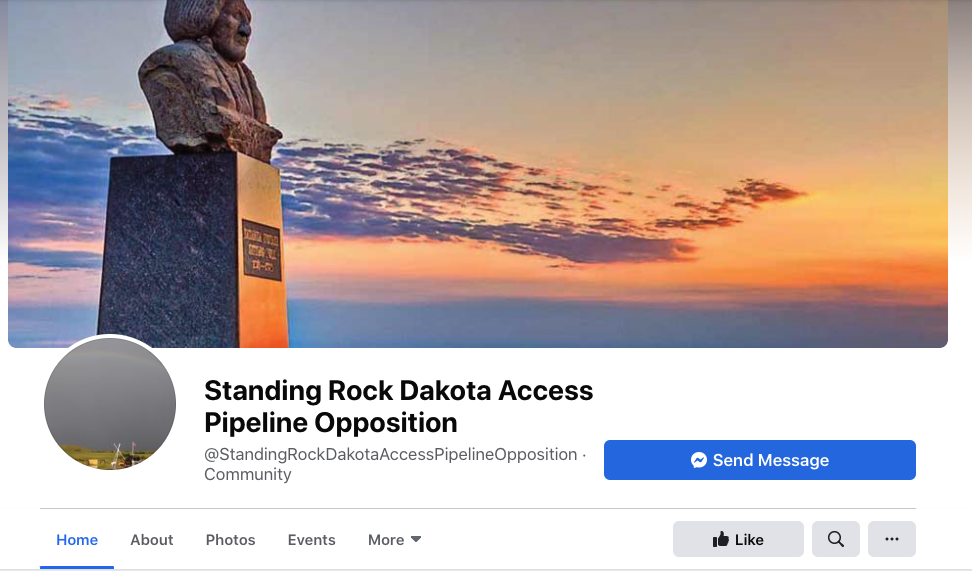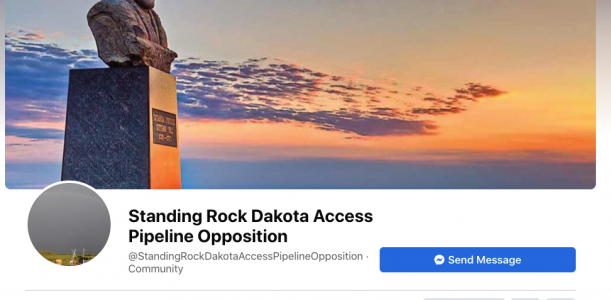Improvements to communication have opened up new possibilities for development interventions. Just as radio functioned as a powerful tool for dispersing information across vast areas, innovation within ICT and new media have brought about new pathways, ideas and designs that impact development work. As Tony Roberts outlines digitalization has affected/impacted development in three ways: through the diffusion of digital tools and information systems into organizational workflows (digital in development); through application of digital tools in order to reach development outcomes (digital for development); and the changing landscape of development work due to the world becoming increasingly digitalized (development in a digital world). In each of these perspectives follows a set of questions of justice, ethics and practice – many of which are familiar questions that the development sector has yet to effectively address.
For example digitalization in development brings up questions of accessibility to software, hardware, network and data that enable more efficient workflows. Most workplaces in the global north are in the transition of transferring daily work, management and monitoring processes to digital platforms, and even with national infrastructure in place the transition is costly. Digitalization in workflows has also expanded the scope of ”development projects”. Non-traditional development actors, like private companies, are increasingly taking part in development projects because of their financial capacity to apply digital solutions. Food conglomerates, for example, are utilizing blockchain with the aim to increase transparency in food supply chains, appealing to narratives of increasing sustainability and the upholding of labor rights along their production chain.
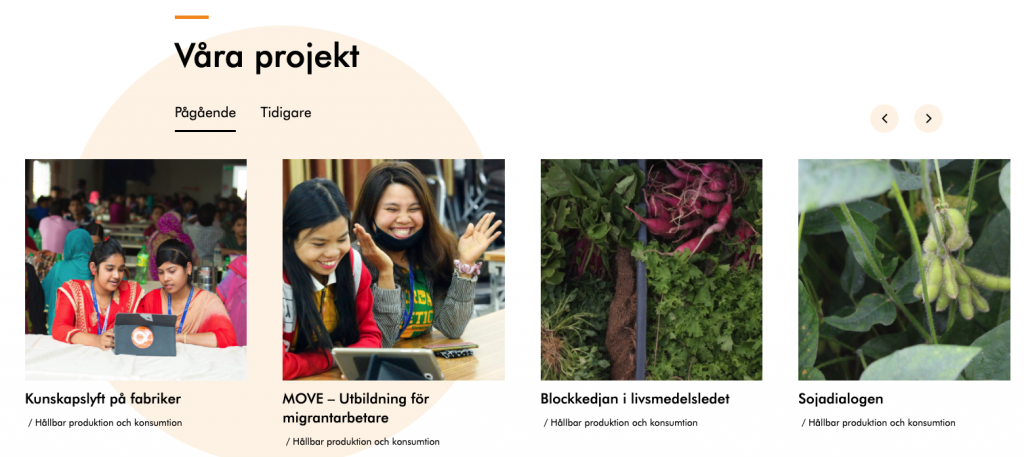
Digitalization for development has thus become a natural consequence. Competition for development grants often require an innovative or technology focused aspect to the project thus requiring development actors who may work in vastly different tech landscapes to fall in line with digitalization despite a local need for it. Technology has become the resource of the 21st century – those in reach of it are able to adapt to the fast-paced changing professional landscape. Given however that the areas where traditional development work (provision of basic services and increasing economic growth) are often areas where technology infrastructure in itself is not as widespread or accessible it is worth questioning if the digitalization of workflows is feasible or should be prioritized. In the realm of development exactly what and whom is digitalization enabling?
If we take a step away from “traditional development” (economic growth) and instead use Amartaya Sen’s capability approach to development, where increasing the freedoms of individuals in the political, social, economic and personal spheres is the priority, we see the “enabling effect” of ICT and new media take a different meaning.
In 2016 the hashtag #NoDAPL started trending on social media and not long after groups on Facebook were formed that organized oppositional efforts against the Dakota Access Pipeline. Native American tribes were the driving force of this movement that quickly spread across the country and the world. The use of Facebook as a means to organize in protest is an interesting change in activism practices. In the example of Standing Rock we see how the digitalization of activism has enabled development to be challenged, discussed and re-conceptualized.
The protest of the Dakota Access Pipeline, also referred to as Standing Rock, spread a variety of messages to the world. Environmentalists stood behind the opposition of a pipeline running through a nature reserve; human rights activists stood behind the breach of treaty obligations towards the Standing Rock Sioux Tribe; mothers stood behind the protesting women protecting the water source for their children; indigenous groups from across the globe stood in solidarity with a fight against national interests that they too know too well. The plurality of messages allowed for the #NoDAPL protest to take hold of individuals across the globe to rally behind the Standing Rock Sioux Tribe. Plurality in causes may usually be seen in traditional protests as a weakness, allowing different groups to divide and fragment the movement. However, the landscape of social media movements in themselves allow for a multiplicity of messages to be shared, and a variety of actions to take place.
The driving force behind the opposition was the Standing Rock Sioux Tribe that from the beginning opposed the pipelines instalment as it would run through sacred land and run the high risk of polluting important water sources. Many other Native American tribes joined the Sioux tribe camping at the Standing Rock Reservation and physically resisting the instalment of the pipeline. Protestors at the site aired the confrontations between police and the Native Americans through Facebook Live videos gaining the attention of people across the globe. The circulation of these images lead to groups in different countries organizing themselves on Facebook to support Standing Rock either via traveling to the Reservation giving physical support, by donating money and resources to the camps, or by sharing the posts across personal networks and using the #NoDAPL. This variety in actions, from physical support to zero-touch coordination, meaning the donations of money or time through online actions, enabled individuals from near and far to rally behind the Standing Rock Sioux Tribe. Contemporary protest via social media allows for togetherness to exist across communities that are vastly different.
The chaotic pluralism of this movement in effect allowed for multiple angles of “development” to be unpacked and discussed. Questions of self-determination, de-colonization and historical injustice towards the Native American’s became a part of the online discussion, recording the Standing Rock protests as a continuation of authoritarian exploitation that have long affected the Native Americans. Capitalist interests vs indigenous interests were also brought forward. Quite symbolically, the benefits that oil would bring to the company, urban and suburban communities and national government are juxtaposed to the disenfranchisement of the Native Americans. Questions of economic growth vs environmental damage were put in the spotlight – a long standing dilemma of development.
Digitalization of activism has made space for the bottom-up narrative to take space, gain solidarity and scale up. In the light of capacity building development this kind of simple digitalization gives power to groups whose voices are needed in order to change development.
The incidents at Standing Rock, filmed and dispersed via social media, and global online solidarity have allowed the Native Americans to bring their fight, experiences and values to the attention of the global community. I believe this effectively turns the concept of development on its head.
